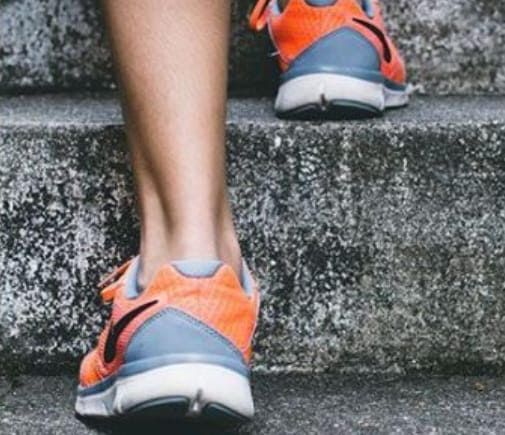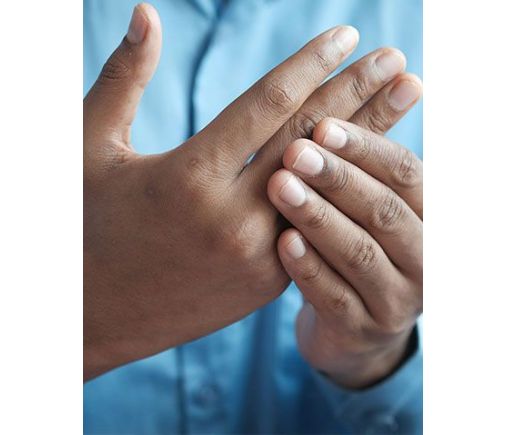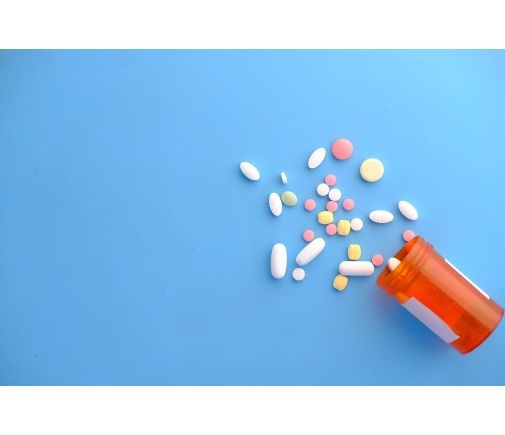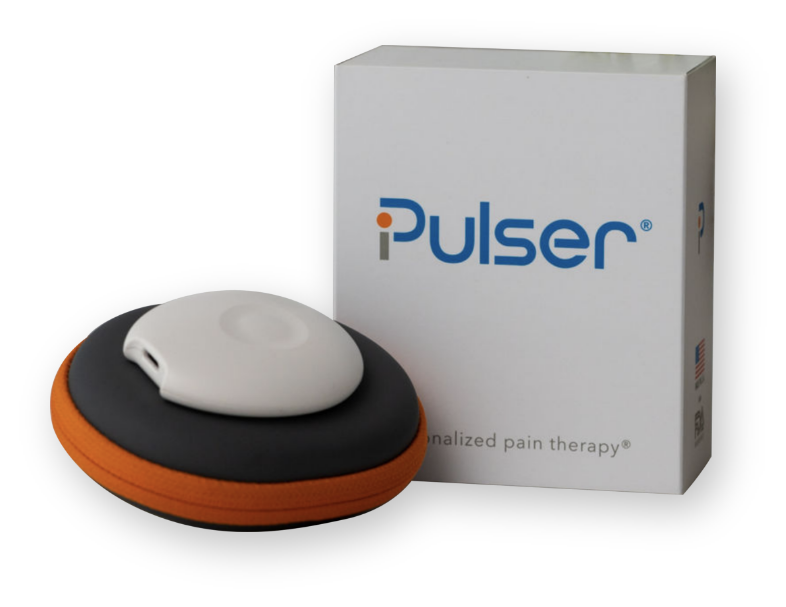When you suffer from joint pain, it can range from a mild ache to a severe, sharp sensation that occurs in one or several joints in your body. Sometimes you can have other symptoms like swelling and stiffness in the joints to whole-body symptoms like fever, fatigue, or even weight loss. There are many different causes of joint pain, but discovering the root cause can be instrumental in helping to manage it.
Symptoms of Joint Pain
Joints are located between the bones and form the connections from bone to bone. Because they help you move and provide support, damage to the joints can cause pain as well as interfere with your movement. When you have joint pain, you may feel stiffness when you get up to walk, especially if you’ve been sitting or lying for a long time. You may also have a lack of movement, tenderness in the joint area, or a dull ache in the joint area itself. Some joints may be more swollen or painful than others, especially as you age.
What Triggers Joint Pain?
There can be a few triggers to joint pain, and finding out the root cause can be very helpful in coming up with the best way to manage it. If you’re dealing with conditions like rheumatoid arthritis, osteoarthritis, psoriatic arthritis, or gout, these can be the cause of your joint pain.
Here’s a look at the different things that may be triggering your joint pain:
- Rheumatoid arthritis can cause flare-ups in the joint and cause you to feel pain in that area.
- Osteoarthritis often worsens over time, so it may be hard to distinguish whether the condition is getting worse or there’s been a trigger to the joint pain.
- In psoriatic arthritis, an increase in psoriasis often coincides with an increase in joint pain.
- With gout, uncontrolled uric acid levels trigger crystals to form around and in joints, causing a flare in joint pain.
What Do Inflamed Joints Feel Like?
When there’s an increase of fluid in the tissues around the joints, you can experience swollen joints. Swollen joints can be very painful, with a range of symptoms, including:
- Stiffness in the joint area
- Deep, aching pain that radiates throughout the joint
- The joints may be warm to the touch
- Inhibition in proper joint movement
Inflamed joints can have sharp, stabbing pains, a dull ache, or a burning sensation. When the joints have been exercised, you can often observe an increase in pain and symptoms. Some people that have very inflamed joints hear a clicking noise in the joint, especially when they use the joints.
How Do You Tell The Difference Between Joint and Muscle Pain?
Not sure if you are dealing with joint pain or muscle pain? It’s important to know what’s causing the pain so that you can know the best way to manage the pain.
Muscle pain often occurs after an intense workout, repeated movements, or even stretching. If the muscle is not used to being exercised, it can often become sore after being exerted. Muscle pain is inflammation in the muscle that causes symptoms like aches and pains as well as cramping.
Joint pain is felt more as the body is resting, whereas muscle pain is felt more while the body is being exercised. As we age, we are more likely to experience joint pain as the cartilage between the bones decreases as time goes on. Most joint pain occurs gradually for no apparent reason, especially in points of rotation like ankles, knees, elbows, and wrists.
If you are dealing with joint pain, one of the best things you can do is give it rest and let the inflammation die down.
What Is The Difference In Bone Pain and Joint Pain?
Musculoskeletal pain can be acute or chronic which means you may have pain in one place on your body or throughout it. Bone pain and joint pain are two types of musculoskeletal pain. Bone pain is generally caused by bone fractures or other musculoskeletal injuries. Joint pain has symptoms of stiffness and inflammation and worsens with activity but does improve with rest.
When Should I Be Concerned With Joint Pain?
Although it can often be very painful and inconvenient, joint pain is rarely an emergency. Most joint pain can be managed at home, but if you experience severe symptoms like redness, swelling, heat, or tenderness around the joint, you should inform your doctor. If joint pain is caused by an injury and has sudden swelling, intense pain, a deformity to the joint, or an inability to use the joint, it may be wise to seek immediate attention. To manage care at home, an over-the-counter pain reliever, rest, and a heating pad alternated with icing can be very effective in reducing swelling and pain.
What Causes Joint Pain?
Your joint pain could be caused by a variety of different ailments. Rheumatoid arthritis is an autoimmune disease that attacks the joints. The immune system mistakenly identifies healthy cells and targets them. Gout is a complex but common form of arthritis that presents as severe pain, redness, and tenderness in joints. Osteoarthritis is a degenerative joint disease where the cartilage is degraded over time, causing more pain. There are just a few things that could be causing your joint pain.
How Can I Relieve Joint Pain?
Relieving joint pain without medication can be achieved using natural remedies, often ones that aren’t invasive. Applying heat and/or ice to joints, resting, losing weight, and taking supplements can all be very helpful in naturally relieving joint pain.
Joint pain can affect your everyday life, but uncovering causes can help your doctor assist in developing a treatment plan, so you don’t have to suffer. Quelling inflammation can go a long way in diminishing joint pain symptoms, and oftentimes as inflammation is decreased, many other symptoms decrease as well. Don’t suffer a minute longer; talk to your doctor today about options to help with your joint pain.
Resources:
https://www.webmd.com/arthritis/understanding-arthritis-symptoms
https://www.webmd.com/arthritis/swollen-joints-joint-effusion
https://digitsole.com/how-to-differentiate-joint-pain-from-muscle-pain/
https://my.clevelandclinic.org/health/diseases/14526-musculoskeletal-pain
https://www.mayoclinic.org/symptoms/joint-pain/basics/when-to-see-doctor/sym-20050668 https://www.caryortho.com/10-foods-that-help-reduce-joint-pain/








